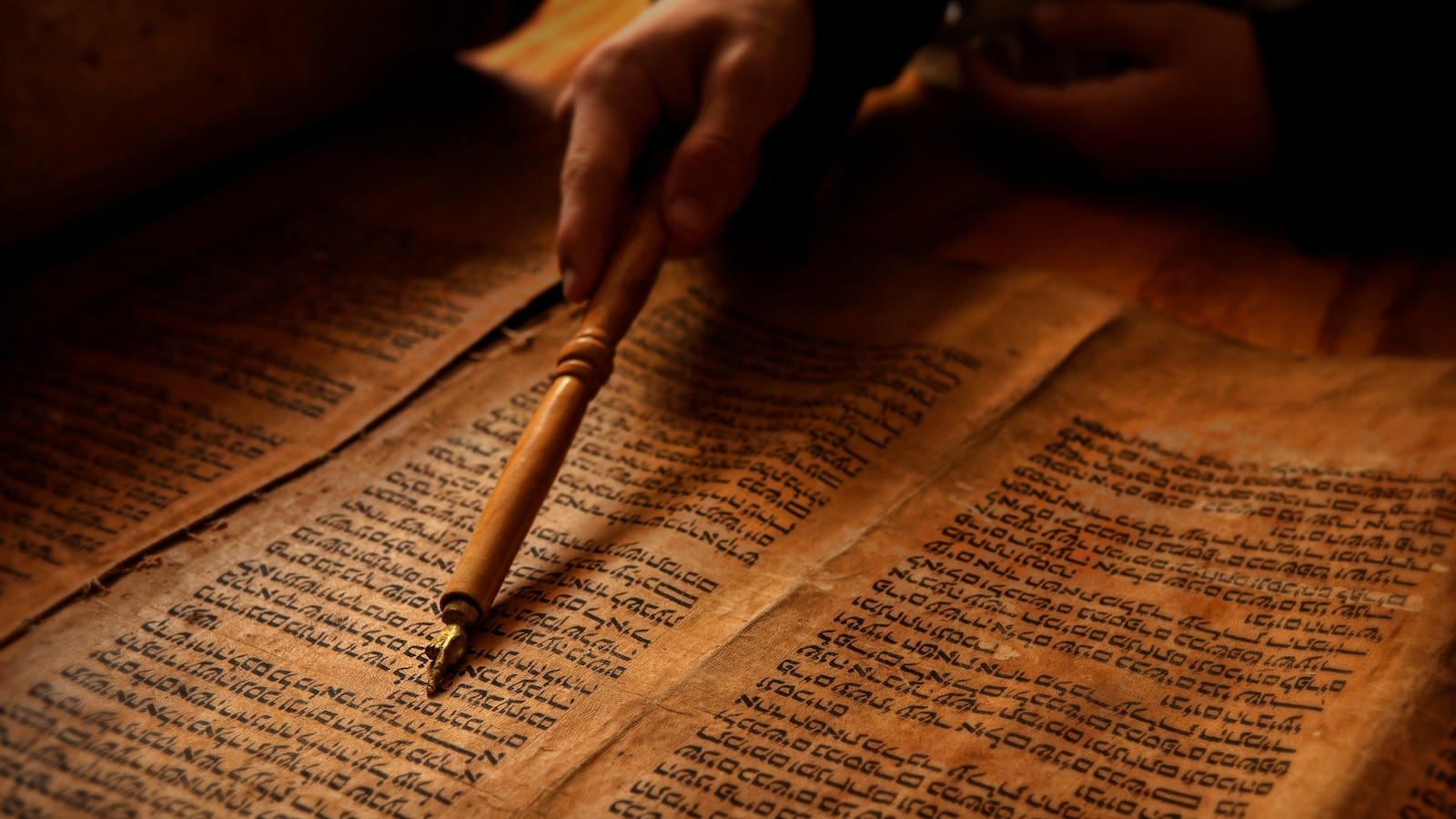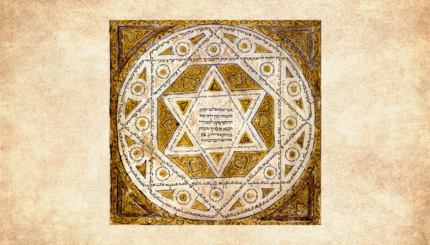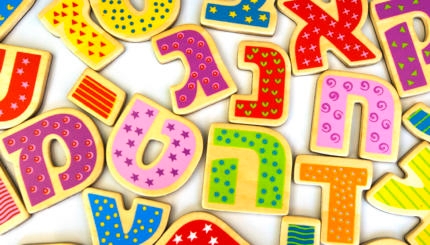Like any language spoken over centuries and in many different regions, Hebrew has different pronunciation systems. Some have retained features that fell away in others as communities developed their own traditions, often strongly influenced by the dominant language in their region.
Many pronunciation differences are rooted in the interpretation of six consonants that can take a dagesh (a small dot inside the letter). The Hebrew letters bet, gimmel, dalet, kaf, pey, and tav can all be pronounced in two distinct ways depending on whether or not they contain a dagesh. In Modern Israeli pronunciation, only three in fact are (bet, kaf and pey). But in Ashkenazi pronunciation, for instance, tav can be pronounced in two ways (t or s), and in Mesopotamian dialects, gimmel without dagesh is often pronounced gh (as in Arabic ghayn or French r). But there are many other pronunciation variations, in particular with the vowels which, in Hebrew, are secondary to the consonants.
Learn the Hebrew letters and vowels.
Ashkenazi and Sephardi Pronunciations
There are two particularly widespread systems of Hebrew pronunciation encountered today: Ashkenazi and Sephardi. The Ashkenazi pronunciation has been historically used by Jews who spoke Yiddish (Judeo-German) and their descendants, who migrated throughout central and eastern Europe. Sephardi pronunciations originated with Judeo-Spanish-speaking Jews who, after their expulsion from the Iberian Peninsula in the 15th century, settled throughout the Mediterranean, including North Africa, as well as in some western European countries such as England and the Netherlands. The latter is the basis for Modern Israeli Hebrew pronunciation which is currently ascendant and will be the baseline for comparison in this article.
With your help, My Jewish Learning can provide endless opportunities for learning, connection and discovery.
Ashkenazi pronunciation is particularly recognizable by the differentiation between tav with a dagesh (תּ), which is pronounced as t, and tav without a dagesh (ת), which is pronounced as s. Hence, the following are Ashkenazi pronunciations: bas mitzvah (bat mitzvah in Modern Israeli Hebrew), emes (emet, truth), Shabbos (Shabbat). Ashkenazi pronunciation is also characterized by a distinctive system of sounding vowels so that, for instance, the name for God, commonly pronounced in Modern Israeli Hebrew as Adonai, is rendered by Ashkenazi speakers Adonoy.
Until the middle of the 20th century, most American synagogues used the Ashkenazi Hebrew pronunciation, as the majority of American Jews were of Ashkenazi descent. As a result, Jewish cultural loanwords into English are typically pronounced according to the Ashkenazi tradition, i.e. bar mitzvah. (Compare this to the Balkans pronunciation which has a different sound for tzadi in bar misvah and the Iraqi pronunciation which pronounces vav as waw to yield bar miswah.) After the creation of the State of Israel in 1948, there was a gradual shift in American congregations toward using the Modern Israeli Hebrew pronunciation which was developed by Ashkenazi Hebrew revivalists who wanted to speak Sephardi Hebrew, but did so with an Ashkenazi influence on many of their consonants. One can still hear both Ashkenazi and Sephardi pronunciations used when referring to certain holidays, prayers or lifecycle events. Thus, the ceremony for welcoming a baby boy into the covenant might be referred to as either a brit (Sephardi pronunciation) or a bris (Ashkenazi pronunciation).
Click here for resources on learning Hebrew.
Other Systems of Pronunciation
Ashkenazi and Sephardi are just the tip of the iceberg. Italki Jews, also known as Roman Jews, use a pronunciation of Hebrew that is similar to those used by Spanish and Portuguese Jews, but has unique features, such as the pronunciation of the letter ayin as ng (as in E“ng”lish). Romaniote Jews, or Judeo-Greek speaking Jews, pronounce tav as either t or th, and retained a pronunciation of zayin that sounds more like dz.
The third largest Hebrew pronunciation in use today is that of the Arabic-speaking Jewish communities of North Africa and West Asia. All of these communities are influenced by Arabic but have regional differences in their pronunciations of liturgical Hebrew. (They often self-identify as Sephardi due to following a Sephardi rite developed over the course of centuries of cultural exchange among Mediterranean Jews.)
Yemenite Jews, who also historically speak Arabic, have a vowel and consonant pronunciation system that is distinct from other Arabic-speaking Jews. This system is particularly noteworthy for retaining guttural sounds that many other speakers find difficult to make. In the Yemenite pronunciation system, the guttural ayin is clear and distinct, as is the difference between sounds made by the letters het (breathy h) and kaf (non-guttural kh). Yemenite Jews pronounce gimmel with dagesh as j, as in the word Jewish.
Another large group includes Persian-speaking Jews from Persia, Central Asia and the Caucasus, as well as the Aramaic-speaking Jews of northern Mesopotamia. Jews from Central Asia and the Caucasus trace their origin to Jews who migrated out of Persia. Their pronunciations share vowel and consonant systems with those of Persian-speaking Jews.
Finally, Marathi-, Malayalam-, Georgian- and Amharic- speaking Jews from India, Georgia and Ethiopia, respectively, have their own unique pronunciation traditions. For example, Georgian Jewish liturgical Hebrew uses a q sound for ayin.
Want to learn Hebrew one day at a time? Click here to sign up for our Hebrew Word of the Day email.
Sephardic
Pronounced: seh-FAR-dik, Origin: Hebrew, describing Jews descending from the Jews of Spain.
Ashkenazi
Pronounced: AHSH-ken-AH-zee, Origin: Hebrew, Jews of Central and Eastern European origin.



